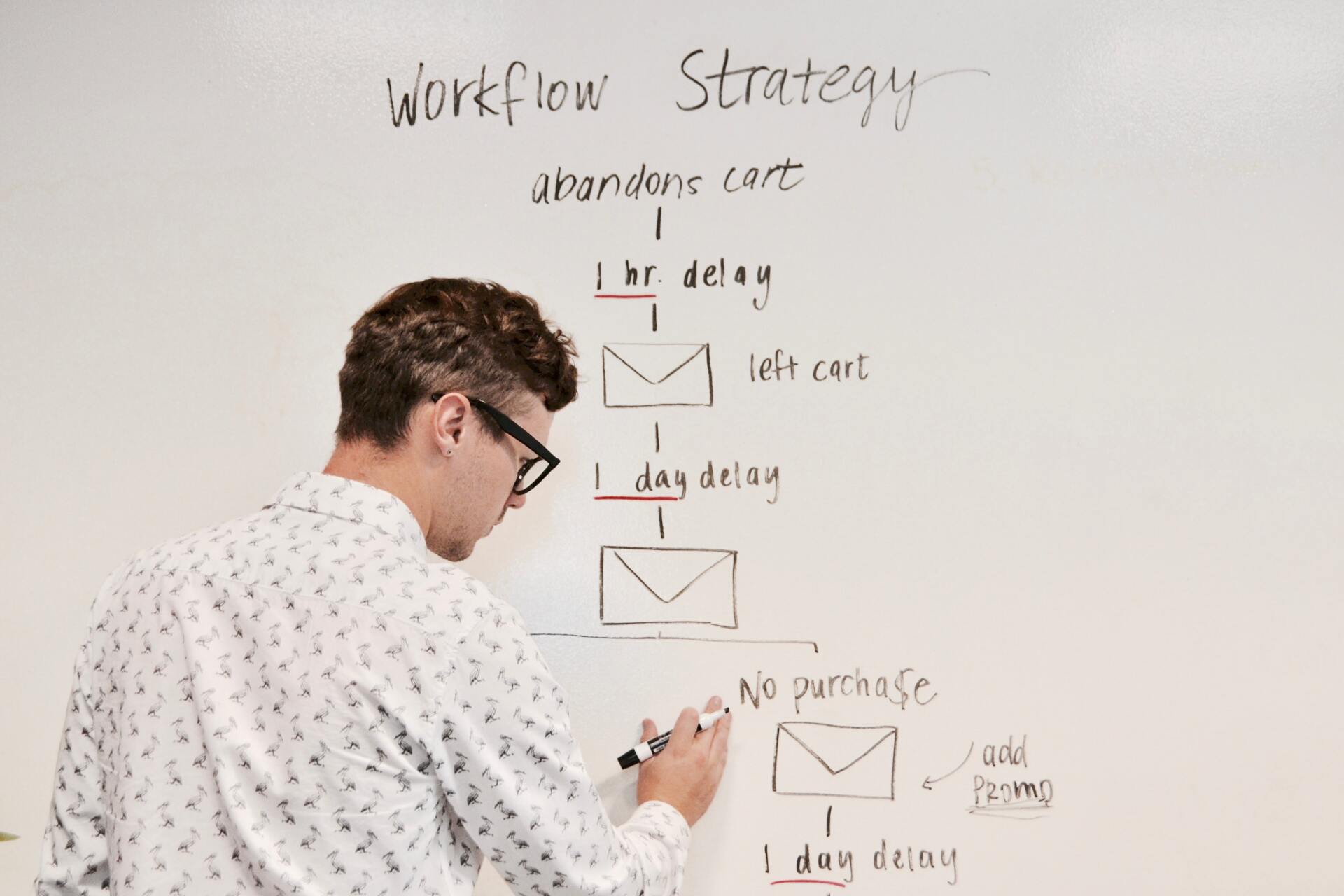Turns out Common Sense is not Always so Common.
Christine Mudvanhu-Makumbe • February 22, 2021
This article was written by Principal Consultant Christine Mudvanhu-Makumbe from Utano Consulting .
My mother, when I was growing up, used to say to me “my child, sometimes common sense is not so common.’
Her words resonate with me when we talk of diversity. The business case for diversity is not a money argument. Report after report shows that diverse workforces are more innovative, productive and more psychologically safe and supportive in their environments. A prime example of how diversity is very profitable for business and just plain common sense is Shonda Rhimes.
Shonda has created an empire in Shondaland Media using this common sense approach. Shonda said to a group of advertising executives:
"If the work that you're putting out there has been put out there by a bunch of people who look like you, and you haven't run it through a filter of who is missing, who haven't we spoken to, who is not sitting at our table, there's a problem ."
Shonda is a genius in how she embraces the diversity conversation. Her characters debunk the typical stereotype. She raises complex issues faced by minorities through a very different lens. Her stories resonate as she has a broad representation in the cast, crew and writers for her shows, reflecting the complexity and rich tapestry of humanity.
Diversity is normal. Her productions are ground breaking. They smash television ratings and make her company highly profitable as her content is much sought after. Shona is a fantastic example of why diversity is good for business and makes you more money.
There are many aspects to the diversity, inclusion and belonging conversation.
I am focused on looking at the greatest and often most ignored diversity indicator, that of cultural diversity. Australian corporates are performing well below par in the advancement of this diversity indicator, especially in the area of corporate leadership. Despite the significant changes in the population group primarily driven by Australia's immigration policy of skilled migration, there is little to no difference in corporate Australia's face. According to the Australian Bureau of Statistics, overseas migration is now the primary driver of population growth in Australia. Migrants make up about 64 per cent of population growth (2017). In terms of population, Australians today are more likely to be born overseas in countries other than the United Kingdom.
Skilled migrants from diverse backgrounds bring their skills and expertise and outstanding performance and work ethic to Australia. However, according to the Leading for Change report
published by the Human Rights Commission in 2018, - only 5 per cent of senior leaders and 3 per cent of Chief Executives in Australia are from a non-Anglo Celtic or European background. The Leading Change Report commenced in 2016 is based on a survey of the cultural backgrounds of chief executive officers and senior executives of ASX 200 companies, federal ministers, heads of federal and state government departments, and vice-chancellors of universities. The Leading for Change Report showed that between 2016 – 2018 there has been little to no movement in the cultural diversity of senior leadership positions in Australian business, politics, government and universities.
Taking the common sense approach, if Australia wants to increase productivity, innovation and grow the economy, this current lack of diversity is too expensive a price to pay.
This article was written by Principal Consultant Christine Mudvanhu-Makumbe from Utano Consulting .
To contact her: 04 5112 3658 or [email protected]
Find the job you love I Find the right talent
Get in touch with people2people
Australia
I United Kingdom
In business since 2002 in Australia, NZ, and the United Kingdom, people2people is an award-winning recruitment agency with people at our heart. With over 12 offices, we specialise in accounting and finance, business support, education, executive, government, HR, legal, marketing and digital, property, sales, supply chain, and technology sectors. As the proud recipients of the 2024 Outstanding Large Agency and Excellence in Candidate Care Awards, we are dedicated to helping businesses achieve success through a people-first approach.
Recent articles










